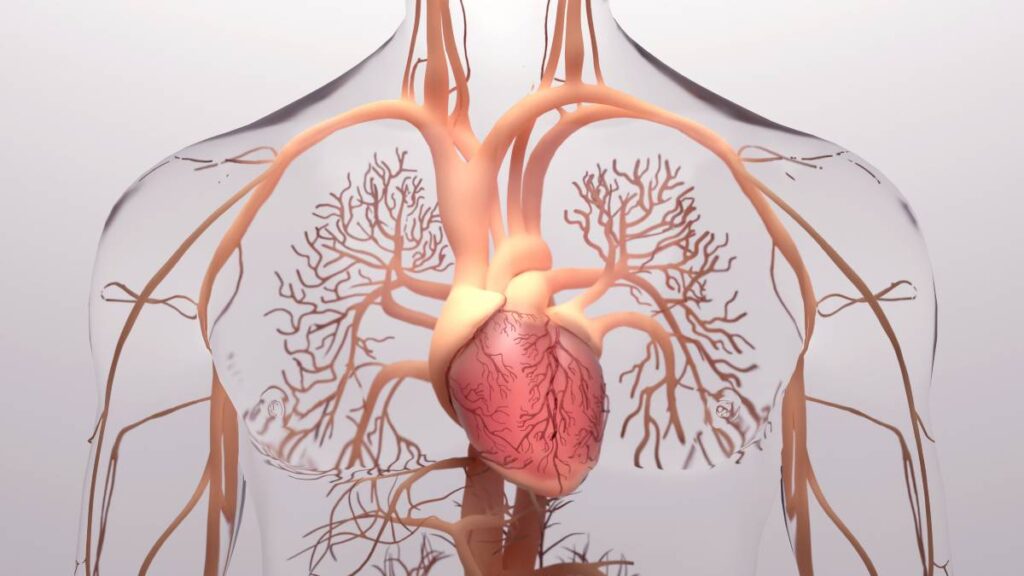Motility describes the spontaneous movement of cells or organs through metabolic activity, such as the contractions of the gastrointestinal (GI) tract. It is important to understand how anesthesia, a key component of smooth surgical operation, affects digestive motility. These analyses can help prevent intraoperative and postoperative complications, such as increased surgical time, bowel distension, or
Impact of Anesthesia Drugs on Digestive Motility










